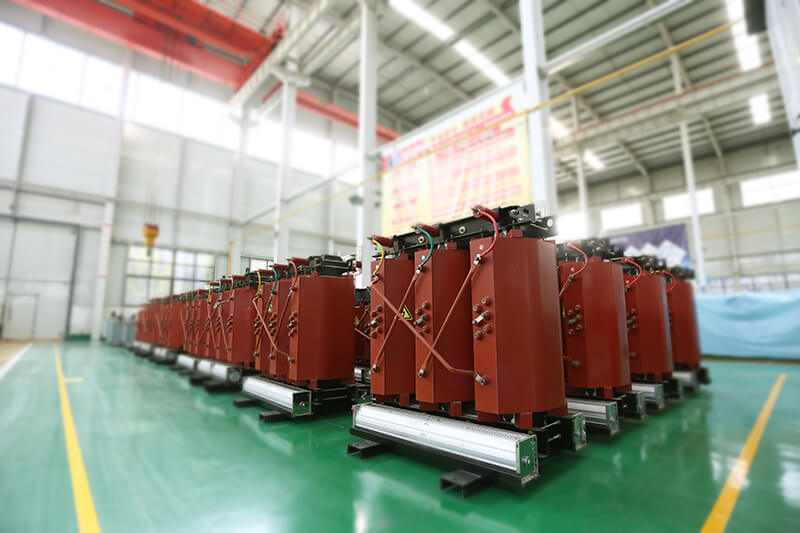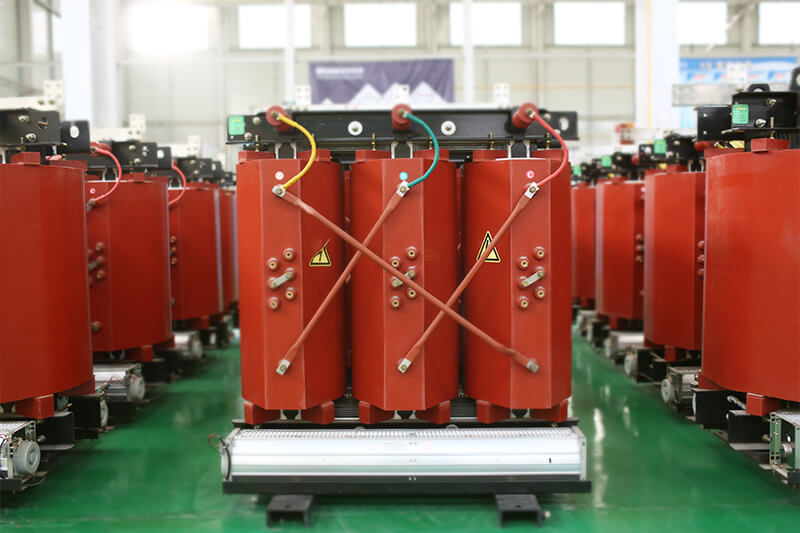Transformer manufacturing process
First confirm whether the drawing is consistent with the production product and then check the wire gauge after confirming that the capacity is correct, and confirm the number of turns after finding the wire gauge. Then we confirm the wiring method (star and delta). The high-voltage drawing depends on the tap-out terminal. Count the number of turns. The low-voltage optimistic is the winding method. , width and size. Calculate the length of the paperboard cardboard based on the coil inside and then find the end insulation length drawing from the drawing number, including the thickness of the oil channel cushion and the corrugated oil channel and find the end ring and the upper and lower iron yoke insulation in order.
The second part is the start side winding and insulation.
Look at the drawing to confirm the length of the head. Use red and blue pencils to mark the length of the lead. If it is a spiral type, different dimensions are required. The latter group measures the length of a lead more than the previous group in order to keep the head neat and beautiful. Wrinkled paper should be wrapped in half-fold after the first bend, the angle of the arc should be the same, and the wrap should be wrapped with crepe paper three millimeters thick, and tied with a white cloth tape.

Before winding the paper tube, use a caliper to measure the outer diameter of the mold. One millimeter of paperboard cardboard is suitable for the two ends to be overlapped and wound with a tightening tape. The auxiliary workers in the winding process should use a hammer to tap along the tightening tape.
When the cylindrical winding end insulation is made of paper strips, tie it to the first turn of the wire with a straight tape to start winding the first turn, and then tighten the tape around the circumference and place it under the turns. (Austerity band). The ends are tied in a figure 8 shape. Tighten the tape to bind the first turn and the end insulation together. Turn the tightened tape to the top when winding the second turn, and press it down when winding the third turn, so that the end ring is twisted tightly. The cylindrical winding is transposed once in the middle. After transposition, it should be wrapped with crepe paper and then tied with a half-millimeter cardboard pad with white cloth tape inside. When winding, the auxiliary workers should constantly tighten and control the width. Three layers of 0.08 mm cable paper are used for insulation between the layers.
Separate with a half millimeter of cardboard to avoid damaging the insulation. Also add the scissors at the bottom when the layer is raised.
At the end, the two heads should be aligned, and the head and the penultimate turn should also be separated by cardboard, and the two heads should be tied tightly. Tighten the entire coil with a shrink band before cutting the wire.
Spiral windings are mainly low-voltage windings above 630 kVA. The exit is the same as the cylindrical type. It should be noted that the bend at the exit is compressed with the same tensioning tape as the previous tensioning tape and is pressed until the end. And tightly prevent pop-up and coil tension.

After the low-voltage coil is wound and during the winding process, a multimeter is used to measure the insulation test whether the turns are short-circuited.
Where there are parts drawings, the parts should be processed according to the prescribed process route.
Cut the material according to the drawing size and actual size, such as cable, thin round copper and prepare for welding, such as flattening the round copper welding part, tying, flattening and pre-penetrating copper and phosphorus through the welding part of the cable. Any lead wire or a certain section on the lead wire can be wrapped in advance.
The rule is the same as that of wrapping paper. Weld as little as possible on the body and make preparations before and after welding.
When heating the welding piece, when the welding piece becomes dark red, add copper-phosphorus electrode. As the temperature rises, the copper-phosphorus electrode’s fluidity will increase and it can quickly penetrate into the gaps. The welding piece will appear bright red. Phosphorous electrode stopped heating after full penetration, and added water to cool after red disappeared.
The configured lead banding and insulation are all adopted the half-bundle method, that is, the overlap length of the previous and the next circle is 1/2 of the width of the wrinkled paper. This ensures that the insulation thickness is the same everywhere. It should be burnt out during welding.
The insulation is cleaned and then wrapped. The burned insulation may be short-circuited. The surface of the copper bar is cleaned before welding the copper bar. After welding, the body is covered with paper to prevent copper slag from falling into the coil and affecting the insulation.

The label should indicate the work number of the coil high and low voltage winding personnel, and indicate the time, coil capacity, model, high and low voltage wire gauge and number of turns. The coil of the set must be the three with the closest DC resistance value. When the coil is set, cover the upper end of the iron core with half-millimeter cardboard to avoid scratching the coil. When the coil falls, one person should pull the cardboard from the upper opening of the coil to avoid being taken by the coil. The coil width is too large and the distance between phases is too low. Wax the coil or separate it with a cardboard .
The main purpose of semi-finished product testing is to look at insulation, ratio and direct resistance
Hang the assembled core into the tank of the transformer body. When falling, align the bolts with the bottom corners, insert the bolts and compress the screws evenly. Do not tighten them at one time. The butt joint of the rubber rope is sealed with a sealant, and the four corners of the body are fixed with iron wires. The other screws are tightened and pulled out with pliers.